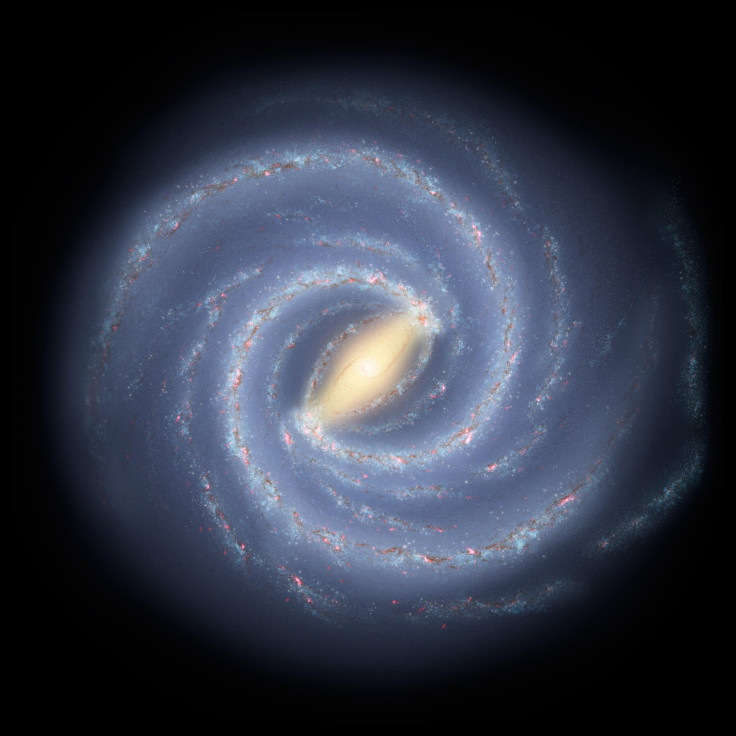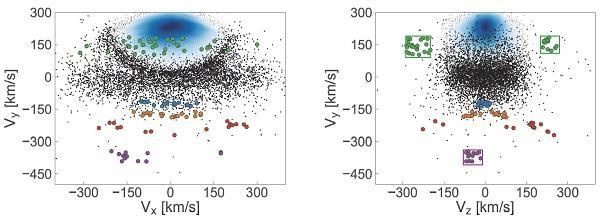Remains Of Ancient Galactic Mergers Discovered In Milky Way Halo

A group of astronomers analyzing the second data release from European Space Agency’s (ESA) Gaia space observatory has announced the discovery of ancient relics or remains of mergers with small galaxies in the halo of Milky Way.
The Gaia data provided astronomers crucial information regarding the position and movement of millions of stars in our galaxy. This extremely accurate release has supported a number of studies including the University of Groningen, Netherlands, astronomers’ mission to understand the evolution of our galaxy.
It has long been believed that galaxies like Milky Way form from merger events, collisions that take several eons to begin and complete. However, owing to the lack of observational data, not much has been understood about these events, specifically when it comes to our galaxy.
“One of the questions [that still remain unanswered] is whether a lot of small galaxies merge or a few large ones,” Helmer Koppelman, one of the authors of the study, said in a statement.
This is why the researchers turned to the Gaia data release and focused on Milky Way. “We collected information from stars within 3,000 light years of the Sun, as the accuracy of the position and movement is highest for stars that are near us,” Koppelman added.
As scientists had previously noted that most of the stars in our galactic halo, the spherical cloud of stars that surrounds the main disk and bulge components of our galaxy, are the remains of ancient merger events, the group hoped to find remnants that could be related to the evolution of our galaxy in the data.
However, in order to pick stars from the halo, the group first had to rule out those belonging to the disk. These bodies mainly revolve around the center of the disk, which made it easier for the group to filter them out, leaving some 6,000 halo stars for further analysis.
Once the target stars were identified, they monitored their trajectory to find if any of them may have had shared origins. The findings revealed five small clusters of stars that looked like remnants of mergers with smaller galaxies.

But that was not the only discovery. The group also discovered a massive chunk of hundreds of stars with shared origins.
“These stars form a huge 'blob' with a retrograde movement compared to the disk. This suggests they are the result of a merger with a large galaxy,” Koppelman said in the statement. “In fact, we believe that this merger event must have remodeled the disk in our Milky Way.”
While researchers are working to delve into the nature of these mergers and the galaxies involved, not much can be said about the processes that led to the formation and the evolution of our galaxy at present.
“At this point in time, we can say that our Milky Way was shaped by a massive merger event and some smaller mergers,” Koppelman said.
The study, titled”One large blob and many streams frosting the nearby stellar halo in Gaia DR2,” was published June 12 in the Astrophysical Journal Letters.
© Copyright IBTimes 2024. All rights reserved.





















